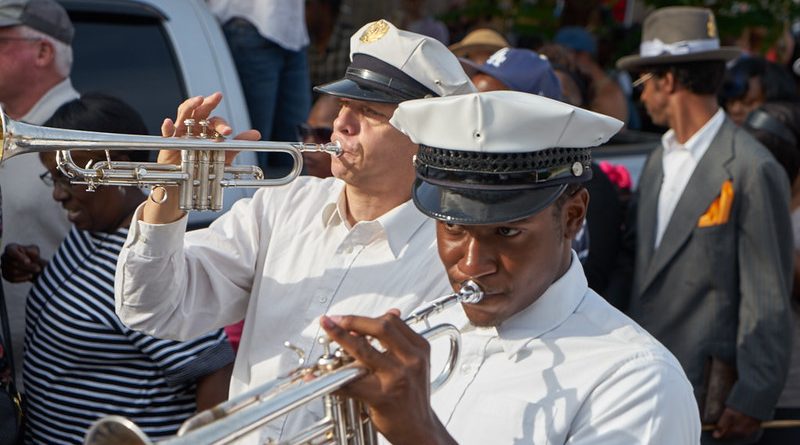New Orleans and The Birth of Jazz
Culture Facts
Where: Congo Square, New Orleans, Louisiana, South USA
When: Became the ‘cradle’ of jazz around 1895, achieving fame during the 1920’s
What’s it about: The sounds of hot jazz on the streets and the ghosts of jazz legend
Today, Congo Square in New Orleans is considered one of the most important cultural sights in the United States. It has been said that it was in this spot that African music – which was suppressed in other parts of the South – flourished. It was this African music, fused with European influences, which would create jazz.
Recently, New Orleans’ status as the birthplace of jazz has been disputed, and no one spot is recognised by jazz historians as its site of origin. Nevertheless, the place certainly had a crucial role to play during its infancy, and so many recent writers have diplomatically re-christened New Orleans the ‘Cradle of Jazz’. The legendary Louis Armstrong, Jelly Roll Morton, King Oliver and Sidney Bechet are among the crowd of jazz artists to have resided in New Orleans at one time or another. In this city, jazz is everywhere, and the subtropical climate means that during the day it is all over the streets.
History
Jazz came into being in around 1895, initially as a part of black American culture, and combined elements of ragtime, marching band music and blues. The real difference between the new jazz music and its earlier influences was the emphasis on improvisation. It was during the 20’s, though, that jazz really became fashionable all over America, crossing over from black American to mainstream culture, so much so that the 20’s are sometimes known as ‘The Jazz Age’.
It was all a part of the youthful revolution that came about during the ‘return to normalcy’ after World War I. Records were sold by the millions to people wanting to perfect their steps to exotic dances like the Shimmy, the Charlestown, the Black Bottom and the more utilitarian dance, the Fox Trot, also known as “the Businessman’s Bounce”. Steamboats offered dance excursions along the Mississippi, which provided employment for many New Orleans jazz musicians.
Things to See and Do Today
These days New Orleans remains a centre for jazz musicians and related events. The New Orleans Jazz Fest, which runs from April 26th until May 5th, has developed from a jazz festival into an event which, while still keeping jazz at its heart, now encompasses a more diverse range of music. Sting has recently headlined there, for instance, despite having little to do with New Orleans or, indeed, jazz.
The Jazz Fest is renowned as much for the music as for its incredible array of foods, which include crawfish, shrimp, catfish oyster and crab-based concoctions, and masses of other culture-specific offerings from over 60 different food vendors.
More Information
New Orleans Jazz and Heritage Festival
Official site of the New Orleans Jazz Festival
New Orleans Online
The official online guide to travel in New Orleans
Want to know more about New Orleans? Join Presenter Justine Shapiro as she takes a tour of the French Quarter, visits the Garden District and boards a float at the Lundi Gras.




